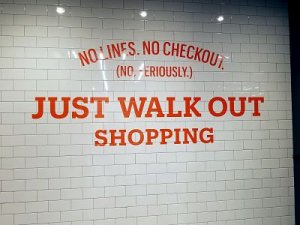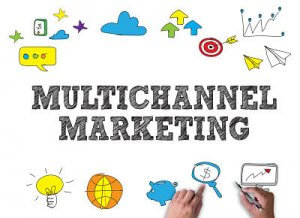Convenience is today’s currency
January 2, 2019
 Step away from your marketing role for a moment and consider yourself as an average consumer. Think about how you make buying decisions today. For many people, price is still a significant consideration. But it’s certainly not the only one. Whether it’s true or not, we all feel time-starved. We’re trying to pack in a 40-50 hour work week on top of the time we want to spend with our family and friends, work out time, me time and oh yeah – sleep if we can fit it in. The fact that most of us get too little sleep tells us that the value of time in our lives is significant. If we could get more of it, we’d gladly take it. And that’s where convenience steps in.
Step away from your marketing role for a moment and consider yourself as an average consumer. Think about how you make buying decisions today. For many people, price is still a significant consideration. But it’s certainly not the only one. Whether it’s true or not, we all feel time-starved. We’re trying to pack in a 40-50 hour work week on top of the time we want to spend with our family and friends, work out time, me time and oh yeah – sleep if we can fit it in. The fact that most of us get too little sleep tells us that the value of time in our lives is significant. If we could get more of it, we’d gladly take it. And that’s where convenience steps in.
There was no such thing as convenience as a product or service before the late 19th or early 20th century, when labor-saving marvels were introduced to the marketplace. My grandma never baked from an instant cake mix and when I was a kid, my parents had to use a travel agent to buy plane tickets. That all seems ludicrous to us today.
Amazon is the perfect example of this. Go to the store? Why would you do that when you simply say “Alexa, order laundry detergent” and depending on where you live in the US, it’s delivered right to your door today, or if you’re not in a major market, you might have to wait until tomorrow.
We talk about the importance of buying local, but the truth is, we will often choose convenience over anything else.
If convenience is the currency that buyers covet the most, then we need to be mindful, now putting our marketing hats back on, of how we do or don’t appeal to that need.
We worked with a client recently that sold products online. It took twelve clicks to purchase their best product. Sales were lagging because we’re wired by Amazon’s 1-click purchase convenience. We couldn’t get them down to a single click, but we were able to reduce the twelve to three and saw an immediate jump in sales.
What kind of friction does your marketing or sales process create for your buyers? Do they have to sign contracts in person? Do they have to wait for delivery? Are your customer service people only available during bankers hours?
For many businesses, the first point of friction is difficulty in getting the information the buyer needs early in their consideration process. Anytime the buyer thinks “is this worth it,” they’ve hit friction.
If your website’s bounce rate (check your Google Analytics) is high, that tells you that people are coming to your site looking for something they can’t find. Our attention span just keeps getting shorter so make sure your navigation is clear, and the ten questions you are asked most often are answered on your site.
Buyers want to do their early stage shopping without talking to a salesperson. Make sure you don’t lose them by not providing the information they need to move from consideration to purchase.
There are some other key friction points that you should focus on correcting:
- Poorly trained or unenthused staff members
- Rigid customer service policies
- Inaccessible customer service reps
- Negative or no reviews
- Slow delivery of products/services
We are being trained by the Amazons and Ubers of the world. We barely think about needing something, and voila, they’ve delivered it. We don’t have to pull out a credit card or even type in our address. They’re almost always fully stocked and ready to serve us in an instant.
That’s who your competition is. That’s who is setting the bar that your customers are expecting you to scale. Think friction-free or think going out of business sale.
More








